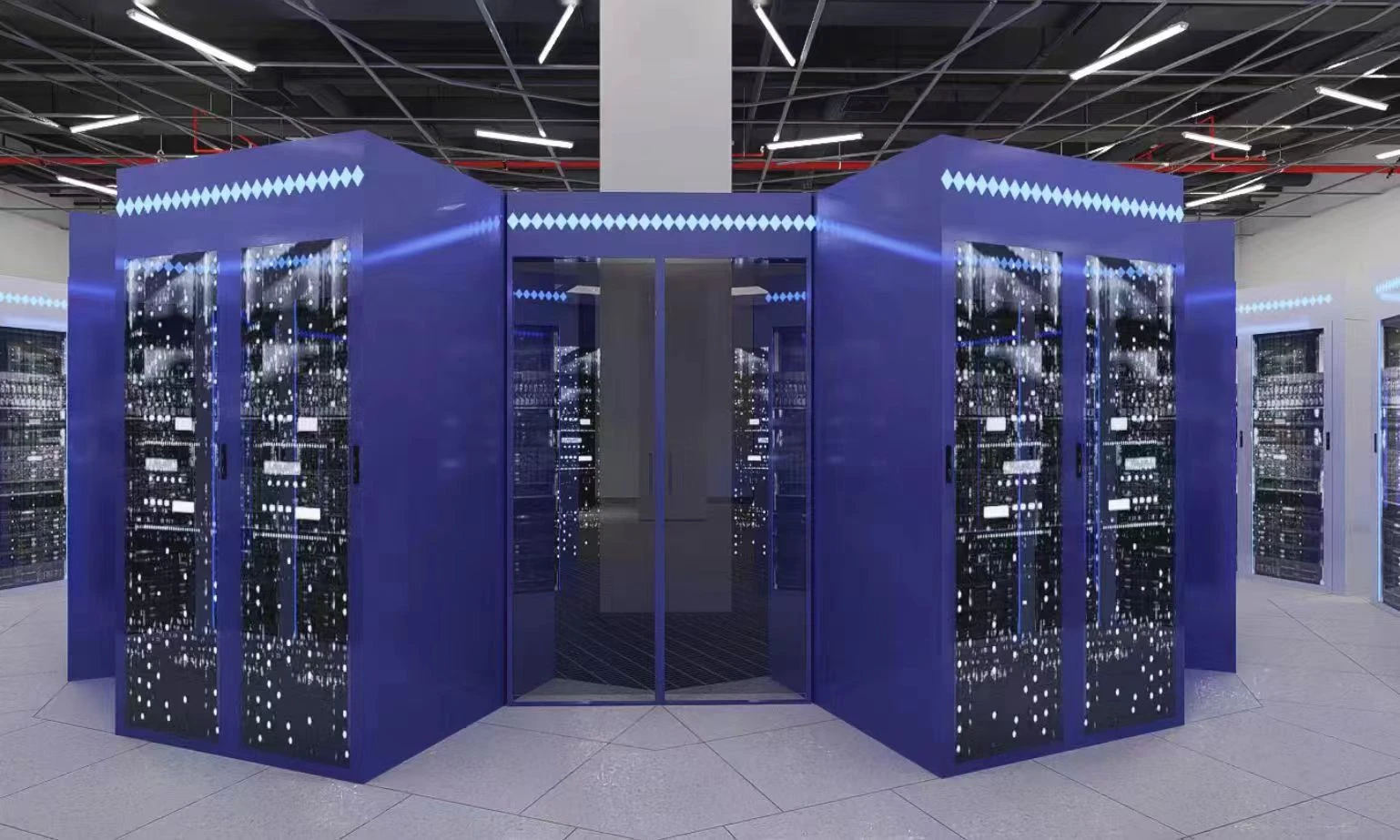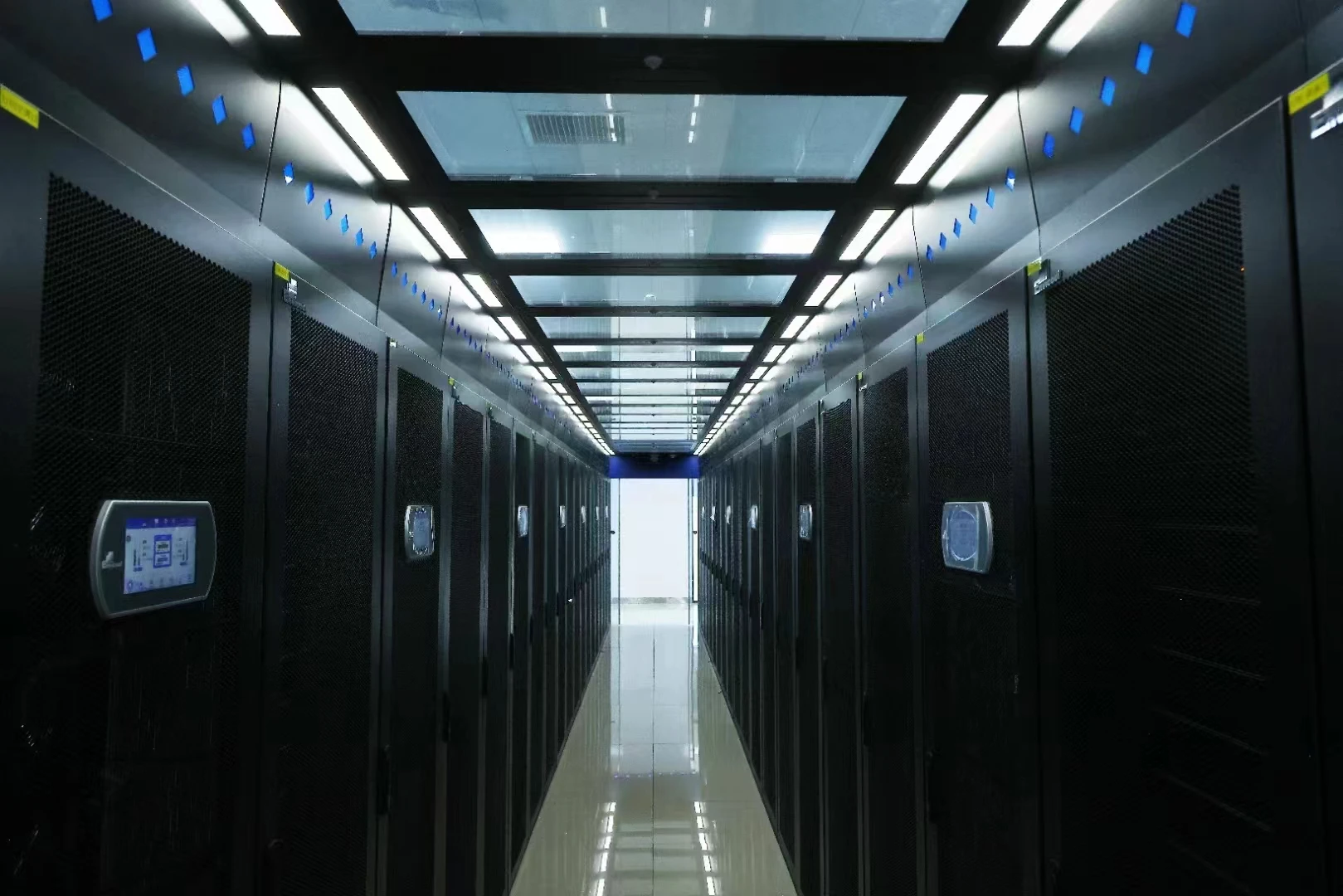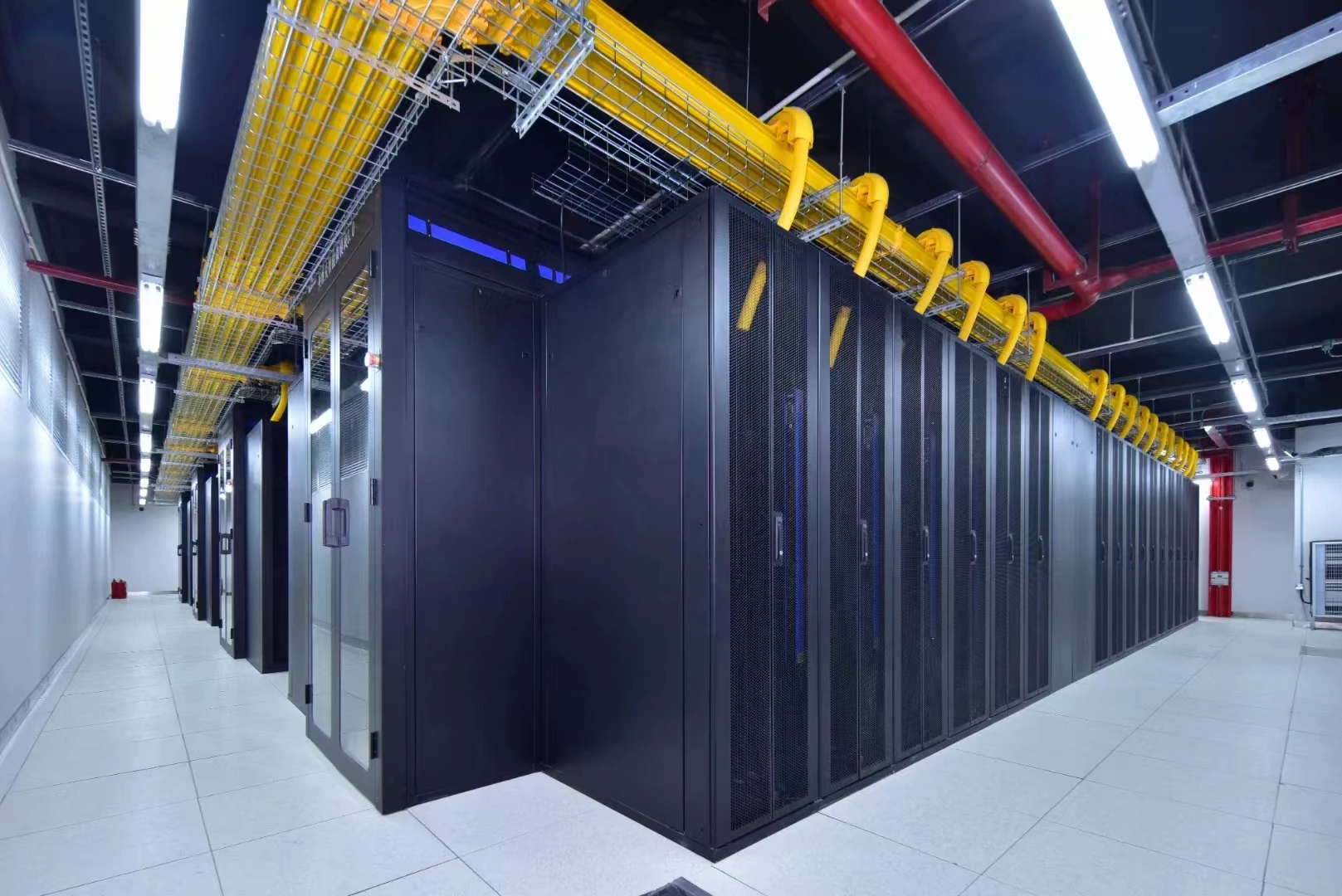
Jul . 21, 2025 23:01 Back to list
Efficient Energy Management System: Optimize Savings & Monitoring
In today's rapidly evolving technological landscape, efficient energy management systems have become mission-critical infrastructure components across industries. As businesses and institutions grapple with rising energy costs and sustainability mandates, sophisticated energy control systems provide actionable intelligence through real-time monitoring, automation, and optimization capabilities. The global energy management systems market is projected to reach USD $101.35 billion by 2027 according to Grand View Research, driven by demand for operational efficiency and government carbon reduction initiatives.



Core Technologies in Modern Energy Management Systems
Contemporary energy management systems integrate multiple technological layers to deliver comprehensive capabilities:
IoT Sensor Networks
Distributed sensors monitor electrical parameters including voltage fluctuations, harmonic distortion (THD typically maintained below 5% for sensitive equipment), load patterns, and power factor (targeting >0.95 for optimal efficiency). Wireless mesh technologies enable deployment flexibility with sampling rates ranging from 1-second to 15-minute intervals.
Predictive Analytics
Machine learning algorithms analyze consumption patterns against weather data, production schedules, and historical baselines to forecast usage and detect anomalies. These systems can predict equipment failures days in advance with accuracy rates exceeding 92% in field tests conducted by the Department of Energy.
Cloud-Based Controls
Modern energy control systems utilize hierarchical control architectures with edge computing handling time-critical actions (
Technical Specifications Comparison
| Parameter | Entry-Level Systems | Mid-Range Systems | Advanced Systems | Industrial-Grade |
|---|---|---|---|---|
| Monitoring Granularity | 30-min intervals (circuit-level) | 5-min intervals (subcircuit) | 15-sec intervals (equipment-level) | 1-sec intervals (asset-level) |
| Data Retention | 12 months cloud | 3 years cloud | 7 years cloud + local | Unlimited cloud + local |
| Reliability | 99.5% uptime | 99.9% uptime | 99.99% uptime | 99.999% uptime |
| Accuracy Class | Class 1 | Class 0.5 | Class 0.2 | Class 0.1S |
| API Integration | Limited (manual exports) | REST API (basic) | REST + MQTT API | Full API ecosystem |
| Cybersecurity | Basic SSL | TLS 1.2 | TLS 1.3 + IPSec | Multi-layered defense |
Technology Evolution Trends
Implementation Considerations for Energy Monitoring and Management System
Deploying effective energy monitoring and management system infrastructure requires careful planning:
System Architecture: Modern installations increasingly favor distributed architectures with edge intelligence. Hybrid cloud approaches allow sensitive data retention on-premises while leveraging cloud analytics.
Connectivity Options: Wired (Modbus, BACnet, Ethernet) and wireless (LoRaWAN, Zigbee, NB-IoT) protocols each serve specific deployment scenarios based on distance, data volume, and existing infrastructure.
CT Selection: Current transformers require proper sizing - oversizing leads to resolution loss (≥ 1.5x monitored load recommended) while undersizing causes saturation. Split-core CTs enable retrofit installations without service interruption.
Power Quality Metrics: Beyond consumption, advanced energy control systems must monitor voltage variations (±10% tolerance), frequency stability (60Hz ±0.5%), harmonic distortion (THD
Micro Module Computer Room Solution
At Suzhou ACDC New Energy Technology Co., LTD., we've engineered the Micro Module Computer Room platform as a complete infrastructure solution that integrates energy management systems at its core. This highly integrated, rapidly deployable solution features:
- Fully integrated power distribution with dual-feed capability (N+1 redundancy standard)
- Intelligent temperature control with AI-driven airflow optimization
- Unified cabinet access and cable management systems
- Centralized monitoring through energy monitoring and management system dashboards
- Sub-8PUE efficiency through precision cooling techniques
- Scalable capacity from 5kW to 40kW per module
Our solution enables 94% faster deployment times versus traditional approaches according to third-party analysis by Uptime Institute. With 30% space savings and 15% lifetime cost reductions, the Micro Module Computer Room delivers tangible financial benefits while providing comprehensive energy control systems.
Technical FAQ: Energy Management Systems
What materials ensure EMC compliance in sensitive monitoring environments?
For instrumentation-grade measurements, we utilize shielded twisted-pair copper wiring with 85% braided coverage minimum. Enclosures meet IP54 protection with aluminum Faraday cage construction. Ferrite cores installed at cable entry points suppress RF interference above 10MHz.
What specifications define CT accuracy for critical applications?
Premium installations require Class 0.2S CTs per IEC 61869 with rated accuracy at 1-120% of nominal current. Phase error must remain below ±0.3 degrees for power calculations to maintain 0.5% total system accuracy.
What redundancy standards apply to enterprise energy control systems?
Tier III facilities typically implement N+1 component redundancy with independent dual power paths. Our systems feature dual AC inputs, redundant power supplies, and hot-swappable modules meeting ANSI/TIA-942-B requirements for concurrent maintainability.
How do data retention requirements affect hardware specifications?
Long-term data storage necessitates industrial-grade SSDs with minimum DWPD ratings of 3 (for 5-year retention). Database implementations should provide compression ratios exceeding 40:1 for electrical waveform storage according to IEEE standard practices.
What certifications apply to hospital and industrial implementations?
Medical applications require IEC 60601-1 compliance for isolation voltages exceeding 4kV. Industrial automation environments need UL 508A certification with reinforced isolation barriers. Hazardous locations mandate Class I Division 2 or ATEX Zone 2 classifications with appropriate enclosure ratings.
What are the grounding requirements for measurement accuracy?
Grounding must maintain less than 5Ω resistance to earth at all termination points according to NEC Article 250. Measurement CTs require dedicated isolated ground bars separate from power grounds, installed with no more than 6" bonding conductors.
How do modern systems address cybersecurity vulnerabilities?
Our implementation incorporates device authentication certificates (X.509), TLS 1.3 encrypted communications, role-based access control (RBAC), and continuous firmware verification to prevent supply chain attacks - exceeding IEC 62443-3-3 SL 2 requirements.
About Suzhou ACDC New Energy Technology Co., LTD.
As pioneers in energy infrastructure solutions, we specialize in advanced energy management systems designed for reliability, precision, and operational efficiency.
Connect with our engineering team:
✉️ Email: beika@acdctech.com.cn
☎️ Mobile: 0086-13285182182
🌐 Website: www.acdcbess.com
Corporate Headquarters:
No. 58 Tongxin Road, Tongan town
Suzhou, Jiangsu province, 215000
People's Republic of China
Implementation Applications
Modern energy management systems serve diverse applications with customized configurations:
Data Centers: Our Micro Module Computer Room platform delivers integrated containment strategies with power monitoring accuracy down to ±0.25%. Temperature delta management maintains ±0.5°C uniformity across cabinets.
Manufacturing: Machine-level monitoring identifies energy-intensity processes with circuit-level granularity. One automotive manufacturer reduced total energy costs by 18% through peak demand optimization algorithms.
Healthcare: Medical facilities implement dual-redundant power monitoring with automatic generator synchronization. Critical care units utilize our energy monitoring and management system solutions with isolation monitoring for life support equipment.
Educational Institutions: Campus-wide deployments track 4,000+ circuits using LoRaWAN wireless networks with signal penetration through century-old masonry structures. Demand-based control algorithms automatically adjust HVAC in unoccupied spaces.
Industry References and Resources
1. International Energy Agency (2023). "Digitalization & Energy Efficiency" https://www.iea.org/reports/digitalisation-and-energy
2. Lawrence Berkeley National Laboratory (2023). "Advanced Metering for Demand Response" https://eta.lbl.gov/publications/advanced-metering-demand-response
3. ISO 50001:2018 "Energy management systems" Standard Implementation Guidelines
4. IEEE Power & Energy Society Technical Report (2022). "Grid-Interactive Buildings: Measurement and Verification Protocols"
This is the last article
-
Efficient Energy Management System: Optimize Savings & Monitoring
NewsJul.21,2025
-
Reliable ESS Energy Storage Solutions | Efficient Power Backup
NewsJul.21,2025
-
Self-Cooling-PW-164: Advanced Automatic Cooling Motor Technology
NewsJul.20,2025
-
Energy Management System Optimize Energy Use & Save Costs
NewsJul.20,2025
-
High-Efficiency Microinverter Solutions Top Microinverter Suppliers & Exporters
NewsJul.08,2025
-
Top Energy Storage Companies Leading Utility Scale & Long Duration Solutions
NewsJul.08,2025























